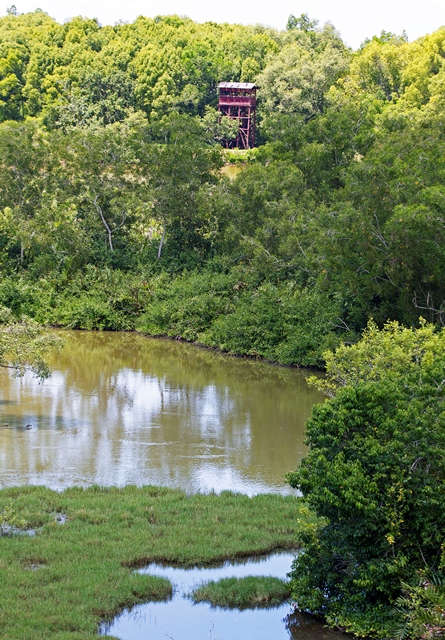
Not far from the urban chaos of Kuala Lumpur lies a refuge of tranquillity and an oasis of natural discovery. David Bowden checks in with nearby Kuala Selangor, both its laid-back fishing village and its nature park.
Resident expats and visitors to Malaysia alike don’t have to travel far from Kuala Lumpur to get back in touch with nature. One of Malaysia’s most exciting wildlife experiences can be found just north of the capital near the mouth of the Selangor River. Like other similar wetlands, the Kuala Selangor wetlands were once considered wastelands until it was recognised that this ecosystem is one of nature’s most productive areas.
Beyond the appeal of the wetlands, the decidedly human habitat of Kuala Selangor is a small fishing village situated just 65km from Kuala Lumpur and is best known among Malaysians as a great destination for seafood served in restaurants overlooking the Selangor River.
These days, people still come for the seafood, but the estuarine nature park (Taman Alam Kuala Selangor) is attracting more visitors. While Kuala Selangor is a one Malaysia’s smallest nature parks, it has a wealth of attractions. The park, covering some 300 hectares, is situated at the base of Bukit Melawati, which is home to the Altingsburg Lighthouse. The park entrance is located nearby and just south of the town (keep an eye out for the Taman Alam Kuala Selangor sign with its silvered leaf monkey logo).
An Ecosystem In Flux
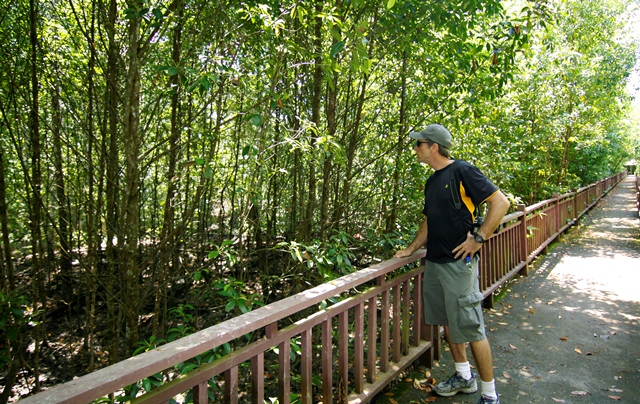
The Kuala Selangor wetlands were once mangroves, but these were mostly harvested for their timber and then turned into fishponds. After this project failed, the nature park was established. An artificial earthen wall was built and soon after, forest species grew to replace many of the wetland species.
The park is now covered in rejuvenating coastal swamp, secondary forest, and coastal mangroves that front the Straits of Malacca. The 95 hectares of mangroves are an important element in the whole ecosystem as they protect the inland wetlands from wind and water erosion and even tsunamis. Many marine species feed amongst the mangroves, so the forests have an important role to play for the fishing industry.
Twitchers’ Paradise
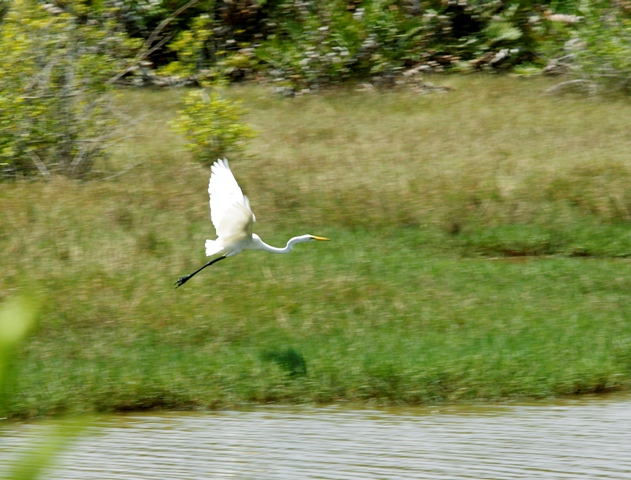
Birdwatchers will find the wetlands a haven for waders and migratory species.Some 156 bird species, both resident and migratory, have been recorded here. The main bird migration lasts from mid-September to April and involves 60 species. Rare species such as the Lesser Adjutant and Milky Stalk may be seen during the migration period. Other birds to look out for include herons, bee-eaters, kingfishers, shrikes and various raptors.
Apart from the many birds, interesting animals like mud lobsters, king crabs, monitor lizards, mud skippers, Smooth Otters, the occasional Leopard Cat, and Silvered-leaf Monkey live and can be seen here.
Wildlife Trails
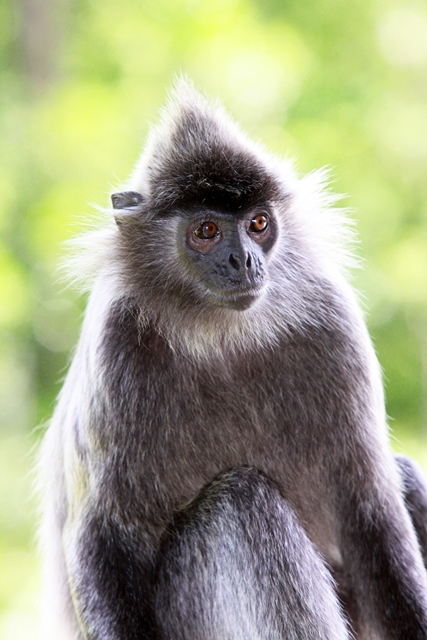
Four short trails have been built through the park to the main points of interest. These are named after several animals – Langur, Egret, Eagle, and Macaque Trails. There are raised boardwalks through the mangroves.
The longest trail is just over one kilometre and takes two hours to complete at a very relaxed pace. While the walks to the mangrove forest are raised, for visitors who really want to get their ankles deep into mud, it is also possible to slosh through the mud flats.
The manmade lake in the centre of the park is the best location for observing waterbirds such as the waders. Several elevated observation hides are situated beside the lake. If only for the shade and a seat, these hides are the best locations to fully appreciate the birdlife. Several artificial roosting platforms have also been erected for the resident Grey Herons to lay their eggs.
The park is managed by the Malaysian Nature Society (MNS) and their members receive discounts on entry fees and accommodation. Staff at the park are also responsible for research and education activities such as nature camps for school and youth groups. To fully appreciate the park’s natural attractions and to optimise time, visitors are best advised to stay in the park. Accommodation ranges from new chalets to modest A-frames, hostel with kitchen facilities. There are a few small hotels in and around Kuala Selangor, too, with the Hotel Seri Malaysia being the best choice.
Surrounding Sites
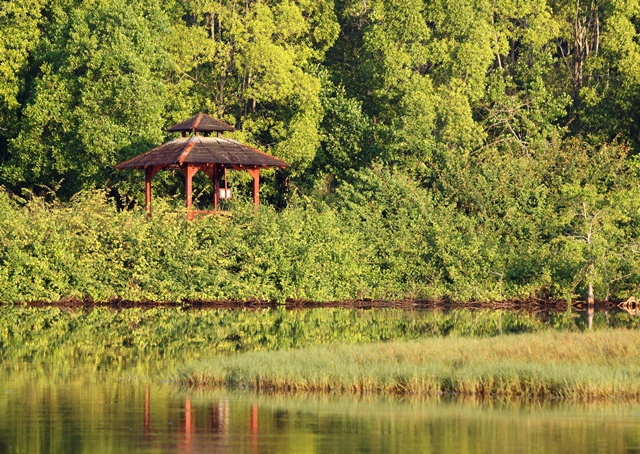
The seafood in the town is very good with arguably the best seafood being found across the river where there are several restaurants along the river. Food isn’t sold in the park although limited kitchen facilities are available.
A general overview of the park can be obtained from Bukit Melawati near the town centre. Over time this has been used as a Dutch and Malay fort but now it appears to be under the control of troops of Silvered-leaf Monkeys that frequent the tall trees. There is a walking trail from this high point down to the nature park.
Another attraction in the district is the firefly display at Kampong Kuantan. This used to be a small community-based tourist initiative, but now has been turned into a more commercial enterprise, possibly losing some of its appeal in the process. Each evening just after sunset, the trees along the Selangor River become illuminated with the twinkling lights of thousands of flashing fireflies. Fireflies (kelip-kelip in Malay) are beetles (Lampyrid pteroptyxtener) whose bodies illuminate and flash. The males flash in synchrony every few seconds, and the entire performance lasts for three to four hours after sunset. Visitors to the fireflies at Kampung Kuantan need to book at the Visitor’s Centre near the jetty. Kampung Kuantan is located about 9km south of Kuala Selangor on the Rawang Road. The firefly display is best seen on clear nights with a full moon.
The park makes an interesting two-day escape, especially for birdwatchers and those who like things natural. Activities are best done at dusk or dawn when birds and animals are most active. Unsurprisingly, the exposed secondary forest can be hot in the middle of the day. The Kuala Selangor Nature Park is a successful grassroots operation that showcases the ecological and educational benefits of wetlands.
——————————————————————————————————————-
Contact
The Kuala Selangor Nature Park can be contacted at Jalan Klinik, 45000 Kuala Selangor, Selangor, T: +603 3289-2294. The park also organises excursions to see the fireflies, and this is one of the best ways of booking.
Read more:
- 5 Tips on Getting Rid of Jet Lag
- 5 Malaysian Boat Journeys You Should Take
- 10 Things to do in Malacca
What are your thoughts on this article? Let us know by commenting below. No registration needed.
Source: The Expat Magazine October 2014
"ExpatGo welcomes and encourages comments, input, and divergent opinions. However, we kindly request that you use suitable language in your comments, and refrain from any sort of personal attack, hate speech, or disparaging rhetoric. Comments not in line with this are subject to removal from the site. "


















